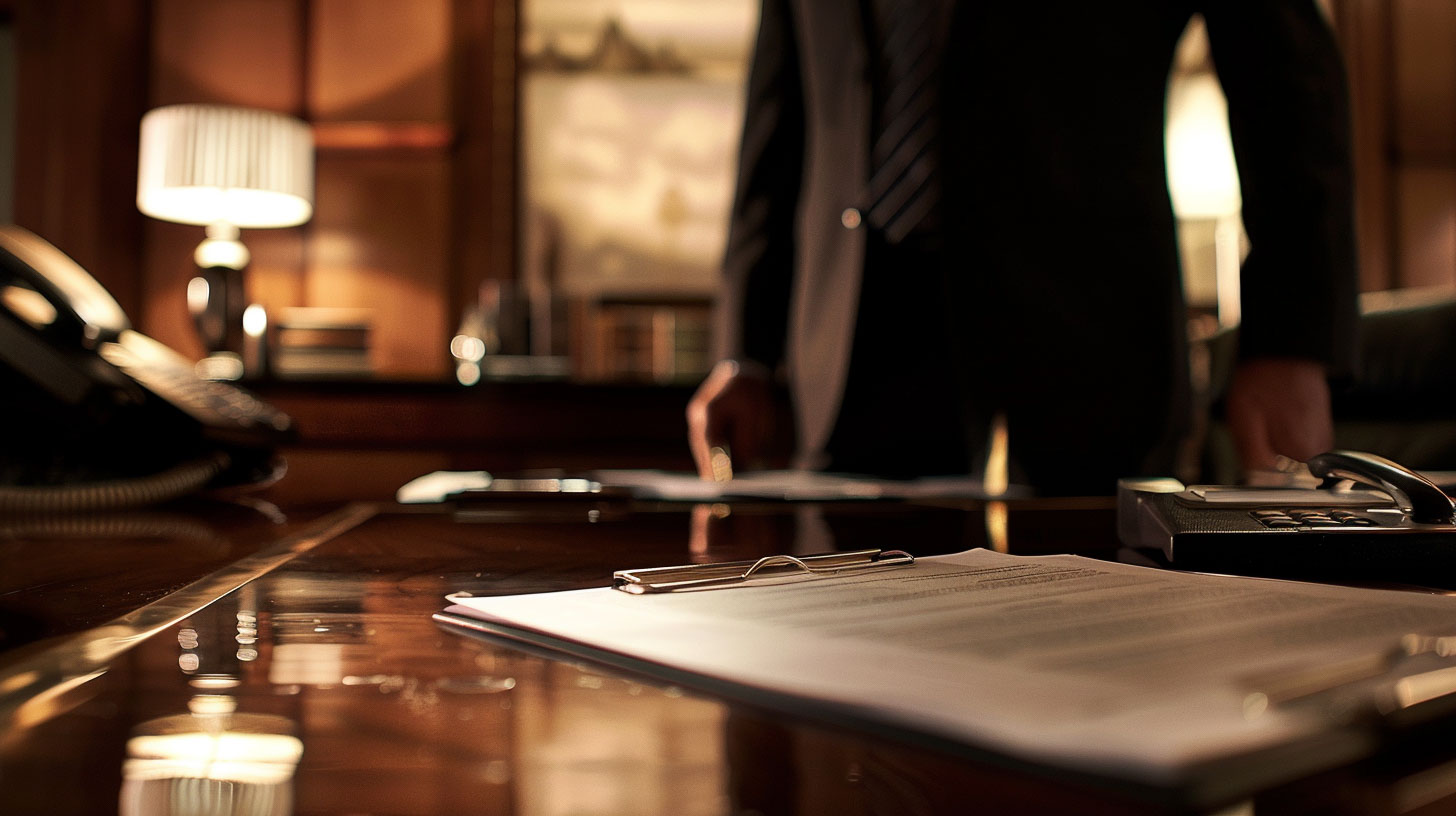The legal system in Laos is a complex web of historical influences, traditional practices, and modern legislative developments. Officially known as the Lao People’s Democratic Republic (Lao PDR), the country has undertaken significant legal reforms in recent years to improve its judicial framework and promote economic growth. This article provides an in-depth overview of the Laotian legal system, offering insights into its structure, evolution, and impact on business operations within the country.
Historical Background
The legal system of Laos has been shaped by various external influences and internal dynamics. Historically, the country was influenced by both French colonial law and traditional Lao customs. After gaining independence from France in 1953, Laos adopted elements of socialist legal systems during the subsequent decades of communist rule. This blend of influences has led to a unique legal framework that continues to evolve.
The Constitution
The Constitution of the Lao PDR, originally adopted in 1991 and last amended in 2003, serves as the supreme law of the land. It establishes the principles of governance, sets out the rights and duties of citizens, and provides the foundation for all other laws. The Constitution underscores the role of the Lao People’s Revolutionary Party as the leading force in the country’s political system.
Legal System Structure
Laos operates under a civil law system, with legislation being the primary source of law. The legal hierarchy includes the Constitution, laws enacted by the National Assembly, and regulations issued by the government. The judicial branch is independent, but its independence in practice can be limited by political influences.
Judiciary
The judiciary in Laos consists of the People’s Courts, which include the Supreme People’s Court, provincial courts, and district courts. The Supreme People’s Court is the highest judicial authority in the country. Judges are appointed by the National Assembly upon the recommendation of the President. While the legal framework provides for an independent judiciary, challenges such as limited resources and capacity constraints affect its efficiency and effectiveness.
Legal Reforms and Modernization
Recent years have seen significant efforts to modernize the legal system in Laos. The government has undertaken various legal reforms aimed at improving the rule of law, enhancing transparency, and attracting foreign investment. These reforms have included the enactment of new laws and amendments to existing legislation, focusing on areas such as commercial law, intellectual property, and dispute resolution.
Business Environment
Laos is strategically located in Southeast Asia, sharing borders with China, Vietnam, Cambodia, Thailand, and Myanmar. This geographical position makes it a key player in regional trade and investment. The country has gradually opened its economy, creating opportunities for businesses across various sectors, including agriculture, hydropower, mining, and tourism.
The government has introduced several policies to attract foreign direct investment (FDI), including the establishment of Special Economic Zones (SEZs) and incentives such as tax holidays and reduced tariffs. However, businesses operating in Laos must navigate challenges such as bureaucratic red tape, limited infrastructure, and a need for greater legal certainty.
Conclusion
The legal system in Laos is undergoing significant transformation as the country seeks to position itself as an attractive destination for business and investment. While the judiciary strives to uphold the rule of law, ongoing reforms are crucial to addressing existing challenges and promoting a more transparent and effective legal environment. As Laos continues to modernize its legal framework, both domestic and international businesses can expect a more conducive environment for growth and development.
Suggested Related Links:
